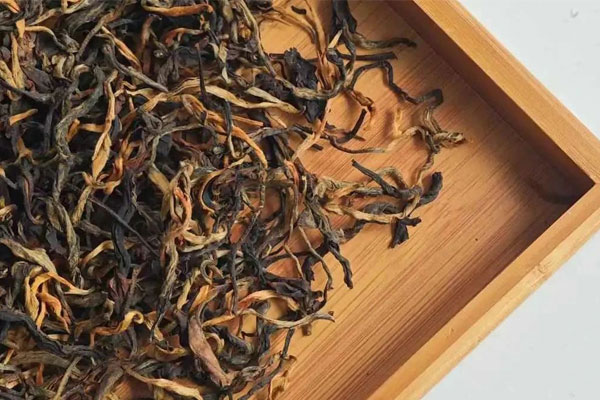◆ What is Oolong tea?
Many people confuse Oolong tea, rock tea, and Tieguanyin tea, wondering whether they are inclusive or parallel.
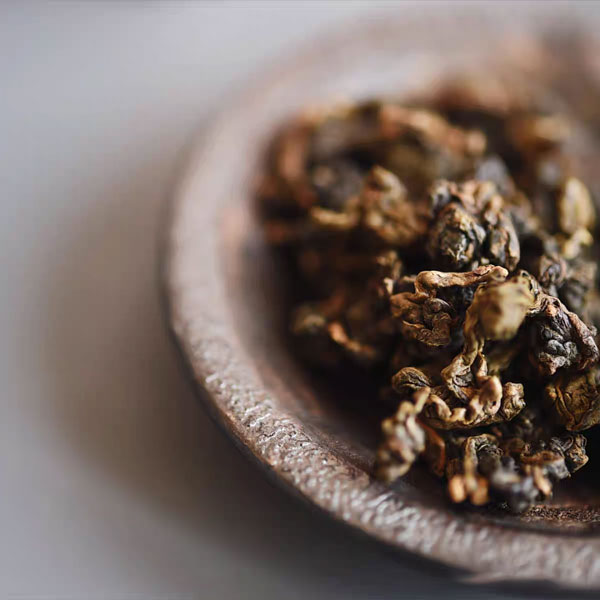
Oolong tea, also known as Qing Tea, is one of the six major tea categories, along with green tea, yellow tea, black tea, white tea, and red tea. Rock tea, Tieguanyin tea, and others are all considered varieties of Oolong tea and are not separate tea types.
In addition to being equivalent to Qing Tea and a type of tea, Oolong tea is also the name of a tea plant species, such as Qingxin Oolong and Short-legged Oolong.
However, tea made from this species using Qing Tea processing techniques may be rock tea or Taiwanese tea, but it is still considered Qing Tea, or Oolong tea.
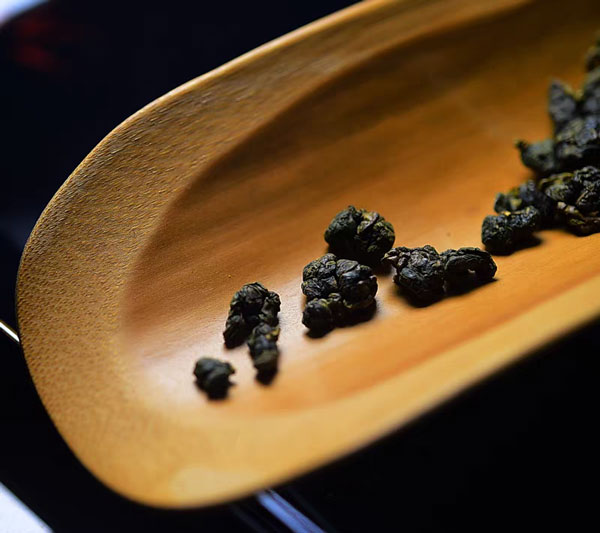
◆ How is Oolong tea classified?
Oolong tea belongs to one of the six major categories of tea, and there are many varieties. Oolong tea is often named after the tea plant from which it is made. For example, Anxi Tie-guan-yin uses the tea plant Tie-guan-yin, Wuyi Shuixian uses the tea plant Shuixian, and Wuyi Rougui uses the tea plant Rougui.
Oolong tea is produced using a unique process, making it a semi-fermented tea. Its leaves are characterized by green leaves with red edges.
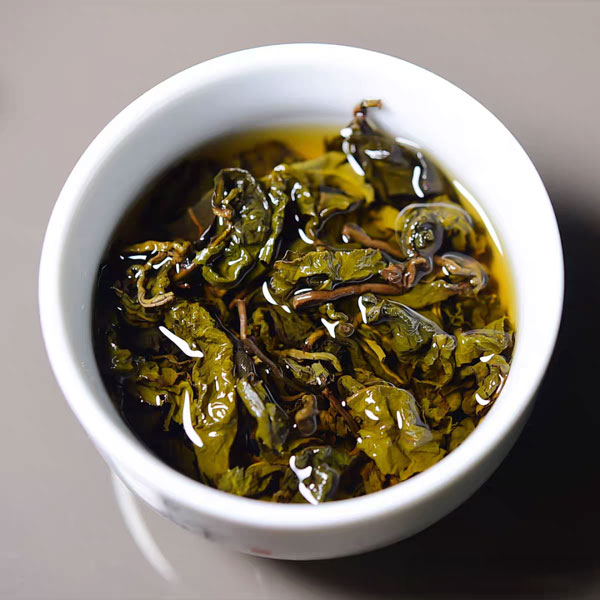
Generally speaking, Oolong tea is categorized by its origin: Southern Fujian Oolong, Northern Fujian Oolong, Guangdong Oolong, and Taiwan Oolong. Typical representative teas include:
Tie-guan-yin, Bohea Wuyi Mountains Hidden Peak, Phoenix Dancong Tea, and Dongding Oolong. In addition to this more common classification, there are also three types of Oolong tea, categorized by appearance: strip-shaped, hemispherical, and spherical. Typical examples include Bohea Wuyi Mountains Hidden Peak, Tieguanyin, and Dongding Oolong.
◆ Oolong tea with red edges and green leaves?
Qing Tea, also known as Oolong tea, is the most complex of the six major tea types. It boasts a rich aroma and a mellow flavor, with a distinctive green leaf base and red edges. Unlike other teas, Oolong tea must be harvested to a certain maturity level, neither too young nor too old. It is generally picked from the third or fourth leaf of the young shoot, where buds have formed. This is known as "open-face picking."
Today, Qing Tea (Oolong tea) is generally categorized by region into four major types: Southern Fujian Oolong, Northern Fujian Oolong, Guangdong Oolong, and Taiwan Oolong. Among them, the representative tea of Southern Fujian Oolong is Anxi Tieguanyin; the representative tea of Northern Fujian Oolong is Wuyi Rock Tea; the representative tea of Guangdong Oolong is Fenghuang Dancong; and the representative teas of Taiwan Oolong include Oriental Beauty and Dongding Oolong.
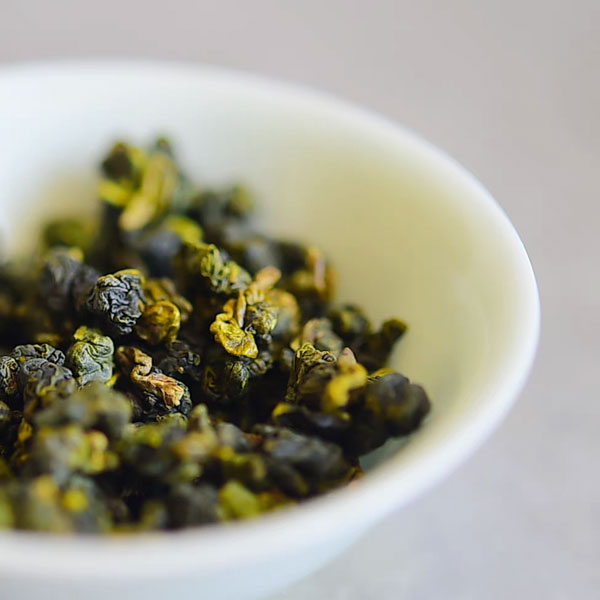
◆ What does the color variety of Southern Fujian Oolong represent?
In the past, Tieguanyin lovers would have heard of a type of tea called a color variety. In the past, to facilitate foreign trade, apart from high-quality, prestigious teas and lower-quality varieties, the remaining fine varieties were blended to form a color variety, called a color variety.
For example, in Southern Fujian Oolong, Tieguanyin is a high-quality, prestigious tea, while other varieties such as Maoxie, Meizhan, and Qilan are no longer harvested separately. Instead, they are blended, or harvested separately and then blended. These teas are called color varieties.
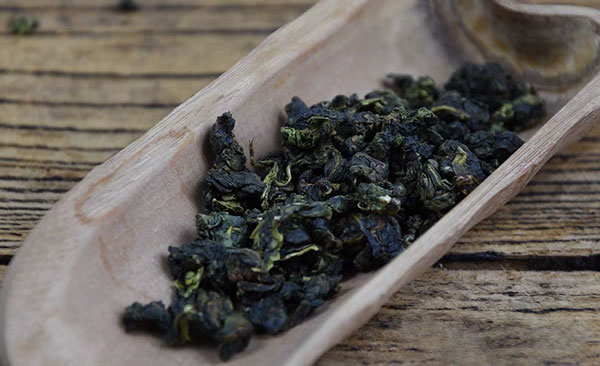
◆ Why is Tieguanyin known as "Spring Water Autumn"? We often hear people use the phrase "Spring Water, Autumn Fragrance" to describe tea. Does this mean autumn tea is as good as spring tea?
Of course not. "Spring Water, Autumn Fragrance" often describes the different qualities of Tieguanyin tea in spring and autumn.
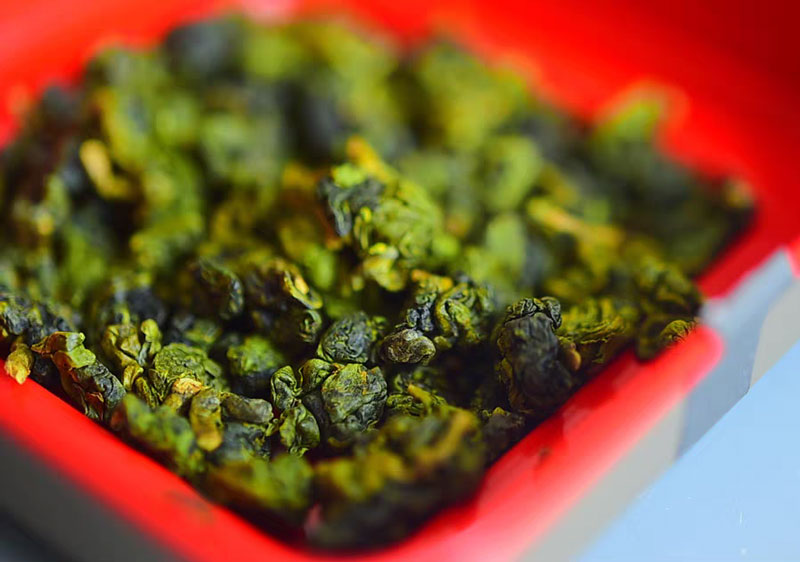
Generally speaking, the quality of tea produced in different seasons varies, and this is especially true for Tieguanyin. Spring tea is the best, autumn tea is second, and summer tea is the worst.
However, while autumn Tieguanyin tea has a thinner flavor and isn't as rich and sweet as spring tea, it has a distinctly strong aroma, which is why many people still appreciate it, praising it as "Autumn Fragrance."
It's important to note that while "Spring Water, Autumn Fragrance" implies that autumn tea is fragrant, it doesn't necessarily mean it's of the same quality as spring tea. Spring tea is best when its tea is good, and its fragrance is just as good as autumn tea.
◆ What is the "bao rubbing" process for Oolong tea?
Rolling and shaping is the most important process in shaping tea leaves. However, the Tieguanyin tea we commonly drink, as well as many Taiwanese Oolong teas, are spherical or nearly spherical in shape. This shape is clearly distinct from the rounded tea leaves of Wuyi Rock Tea and Phoenix Dancong.
So how is this spherical rolling achieved?
In fact, this spherical or hemispherical rolling method is called bag rolling, which can be simply understood as wrapping the tea leaves in a cloth bag and rolling them.
The principle is to utilize the softness and plasticity of tea leaves. Under the action of force, the roasted green leaves are formed into spherical or hemispherical shapes through high-intensity rolling, turning, rolling, and pressing.
This process also causes more mesophyll cells to break down, expelling more pectin and sugars, which condense during the rolling process, further facilitating the formation of tight, tightly bound green leaf strands.
Furthermore, the substances contained in the green leaves interact and transform under certain temperature and humidity conditions, enhancing the concentration and flavor of the tea, and improving its aroma. The process of wrapping and kneading is a process of alternating between wrapping and loosening. This process can gradually heat and remove moisture, making the tea leaves gradually become spherical.

%20--%3e%3c!DOCTYPE%20svg%20PUBLIC%20'-//W3C//DTD%20SVG%201.1//EN'%20'http://www.w3.org/Graphics/SVG/1.1/DTD/svg11.dtd'%3e%3csvg%20version='1.1'%20id='图层_1'%20xmlns='http://www.w3.org/2000/svg'%20xmlns:xlink='http://www.w3.org/1999/xlink'%20x='0px'%20y='0px'%20width='256px'%20height='256px'%20viewBox='0%200%20256%20256'%20enable-background='new%200%200%20256%20256'%20xml:space='preserve'%3e%3cpath%20fill='%23FFFFFF'%20d='M194.597,24.009h35.292l-77.094,88.082l90.697,119.881h-71.021l-55.607-72.668L53.229,232.01H17.92%20l82.469-94.227L13.349,24.009h72.813l50.286,66.45l58.148-66.469V24.009z%20M182.217,210.889h19.566L75.538,44.014H54.583%20L182.217,210.889z'/%3e%3c/svg%3e)


